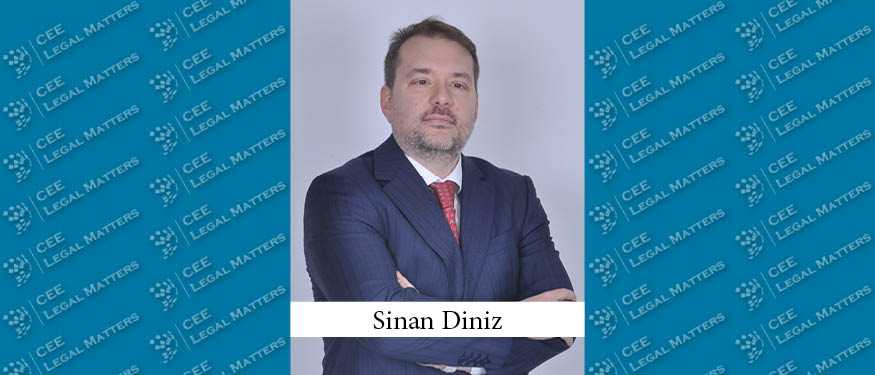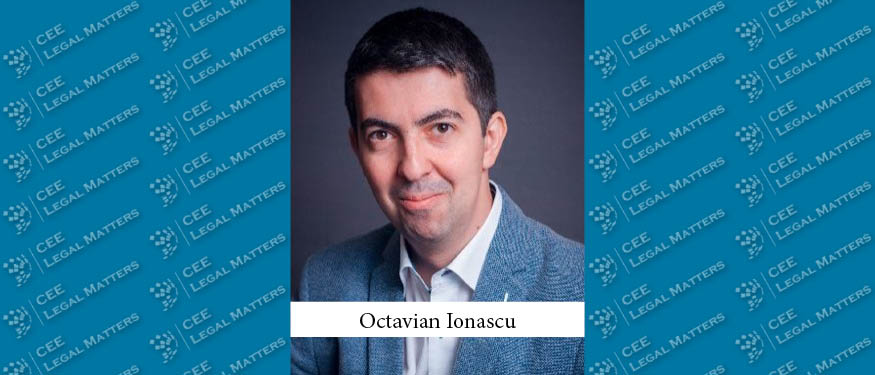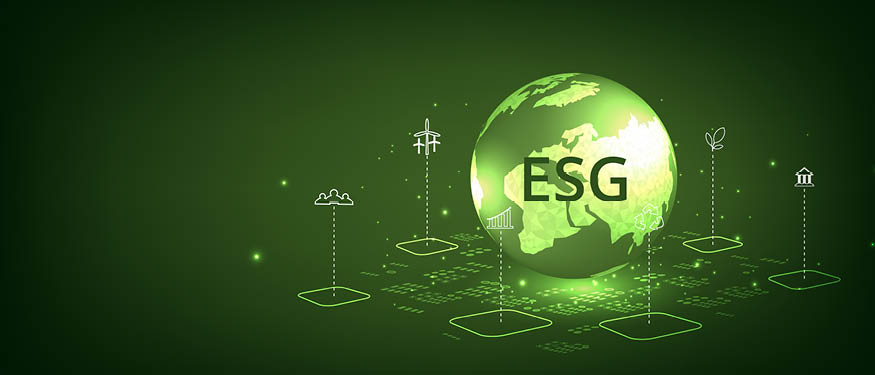According to the national energy mix, only 5.6% of energy was produced by renewable sources in 2021 in the Czech Republic. Most energy was produced by nuclear sources (40.4%) and fossil fuels (54%).
Despite this, the Czech Republic fulfilled its 13% target of gross final energy consumption from renewable sources for 2020 – the final renewable national gross energy consumption was 17.3% in 2020. Hopefully, this trend will continue, and the Czech Republic will meet its target of 32% for 2030. The EU monitors gross final energy consumption targets, and it includes the consumption of electricity and energy in the heating, cooling, and transport sectors from renewable sources.
The renewable sources available in the Czech Republic are hydro, wind, geothermal energy, solid biomass, biogas, liquid biofuel energy, and solar energy. However, all these sources have their limits in local geographical and climate conditions. Hydro capabilities have already been exhausted, and their use won’t increase. Locations with sufficient wind energy are rare and in protected mountain areas. Geothermal energy has untested potential – but preliminary analyses show that potential to be significant. And the potential of biofuels is also substantial if the efficiency of its production cycle is carefully monitored.
Leaving solar energy, which saw a boom about ten years ago. But there was inadequate state support for photovoltaic (PV) projects. Nowadays, solar projects are limited by grid capacity and farmland protection. State support has been significantly reduced, but solar energy may yet play a crucial role through photovoltaic power plants on buildings and the development of the community energy sector.
PV Projects and Their Prospects
The focus of solar energy projects in the Czech Republic has shifted to PV power plants on buildings and the development of the community energy sector. We can look at these projects from different perspectives. The first perspective is the commercial use of PV power plants on rooftops, e.g., on large logistics centers or rented residential buildings. The other view is the private or community use of PV power plants on houses or residential buildings.
Zooming in on the commercial use of PV power plants on buildings – the target buildings are usually logistics halls or residential buildings for rent. Landlords, who usually also own the buildings, are aiming to generate electricity using PV panels on roofs. They then supply the generated electricity to their tenants. Will this business model work in the Czech legal framework? And what are the licensing concerns?
Legal Challenges
The conditions of Czech energy legal regulations must be met, and the necessary licenses have to be obtained from the Czech Energy Regulatory Office. An electricity generation license is a minimum requirement for a business to generate electricity. The license holder can distribute and sell the generated electricity to any third party if they meet several legal requirements.
In the case of leases, landlords have to provide the utility in line with the agreed or usual purpose of the lease under the Czech Civil Code, unless the parties agree otherwise. Direct supplies of generated electricity are usually combined with supplies from the grid and are subsequently re-invoiced. If the generated electricity exceeds consumption at a given moment, the landlord must be able to supply any surpluses to the grid.
Still, connecting to the grid is currently problematic. Grid operators deal with connection requests on a first-come, first-served basis, if there’s spare capacity at a given location. If, however, that capacity is not available, the grid operator can either reject the request for that specific capacity – but may allow a connection with a smaller capacity, i.e., the investor needs to change their project – or the operator may approve the request but would first need to take steps to increase grid capacity. This may take at least several months, and the investor has to wait. The grid in Czechia is divided into three regions operated by three different entities. It seems that each of those responds differently to the connection requests, and their approach to the increasing grid capacity is quite ambivalent. Still, undoubtedly, with the grid being over 35 years old, it will need extensive modernization and adaptation to new technologies in the next few decades.
By David Padysak, Head of Real Estate, and Terezie Vondraskova, Associate, DLA Piper Prague
This article was originally published in Issue 10.2 of the CEE Legal Matters Magazine. If you would like to receive a hard copy of the magazine, you can subscribe here.






















